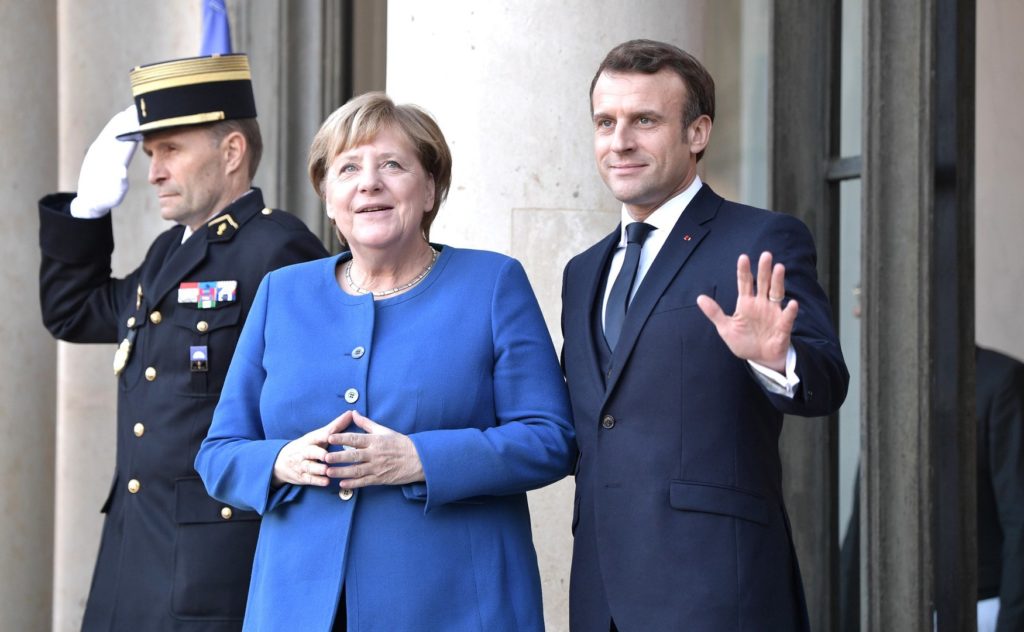Is France’s economic recovery plan a copycat of Germany’s one?
A 100 billion euros recovery plan in France, 30 of which are devoted to the ecological transition, compared with 130 in Germany, 35 of which are for the green transition.

“Historical” is how Prime Minister Jean Castex described the French recovery plan presented by the government on Thursday, September 3rd. 100 billion euros over two years, including 30 devoted to the environmental transition. An economic and ecological plan, therefore, which would even be “the most massive announced to date among the large European countries”.
However, you don’t have to go very far to find something similar, you just have to cross the Rhine. The German economic recovery plan provides for 130 billion euros over two years, including 35 billion dedicated to the energy transition. “If you look at the ratio with the country’s population or economy, we’re in the same order of magnitude,” says Nicolas Berghmans, a climate and energy policy researcher at IDDRI, an independent research institute specialising in sustainable development.
And it’s hard to believe that Germany has copied France: Berlin presented its plan in early June, three months before France. There are good reasons these plans are similar. And behind similar orders of magnitude and some very similar themes, there are also differences.
European plans above all
It should already be recalled that these national figures are part of the massive European recovery plan, painfully negotiated by Emmanuel Macron and Angela Merkel. 40 of the French 100 billion euros will thus be financed by Europe (if all goes well).
“This plan, consistent with what they presented in Germany, sends a strong political and economic signal: ecological transition is a priority,” says Sébastien Treyer, managing director of IDDRI.
The similarities are noticeable in many sectors. For example, on hydrogen, an energy of the future that needs investment to become green, France says it will devote 7 billion to it by 2030, while Germany has announced 9 billion for the same period.
But there are also divergences. “Germany has notably chosen not to grant a premium for conversion to thermal vehicles,” notes Nicolas Berghmans. Conversely, France, from June onwards, has included diesel and petrol cars in this aid. As a result, “nine out of ten cars bought with the help of this bonus are thermal, with no impact on CO2 and a waste of time,” says Benoit Leguet of the I4CE, a climate research institute. He believes that the French plan “goes in the right direction.”
>>> READ ALSO – Covid-19 crisis: French people have saved a record 85 billion euros
Incentives in Germany
Another significant difference is the lack of measures in France to stimulate consumer demand. For example, Germany has organised a VAT cut. But this may not be good news from an environmental point of view: “as the reduction is undifferentiated on products, it does not direct consumption in a specific, environmentally friendly direction,” explains Nicolas Berghmans.
Still on the demand side, however, Berlin has lowed its tax on electricity to encourage electric cars and the electrification of heating. This allows the economy to be put on a greener track. But we must say it that on the heating issue, Germany is lagging France.
Despite these differences, “it is too early to say which plan is the best, it will depend on the implementation,” says Nicolas Berghmans. In the meantime, the share allocated to the environment in this French recovery plan seems rather, on paper, to match what is necessary to stick to French ambitions, according to the directors of IDDRI and I4CE. It remains to be seen how this plan will be implemented.